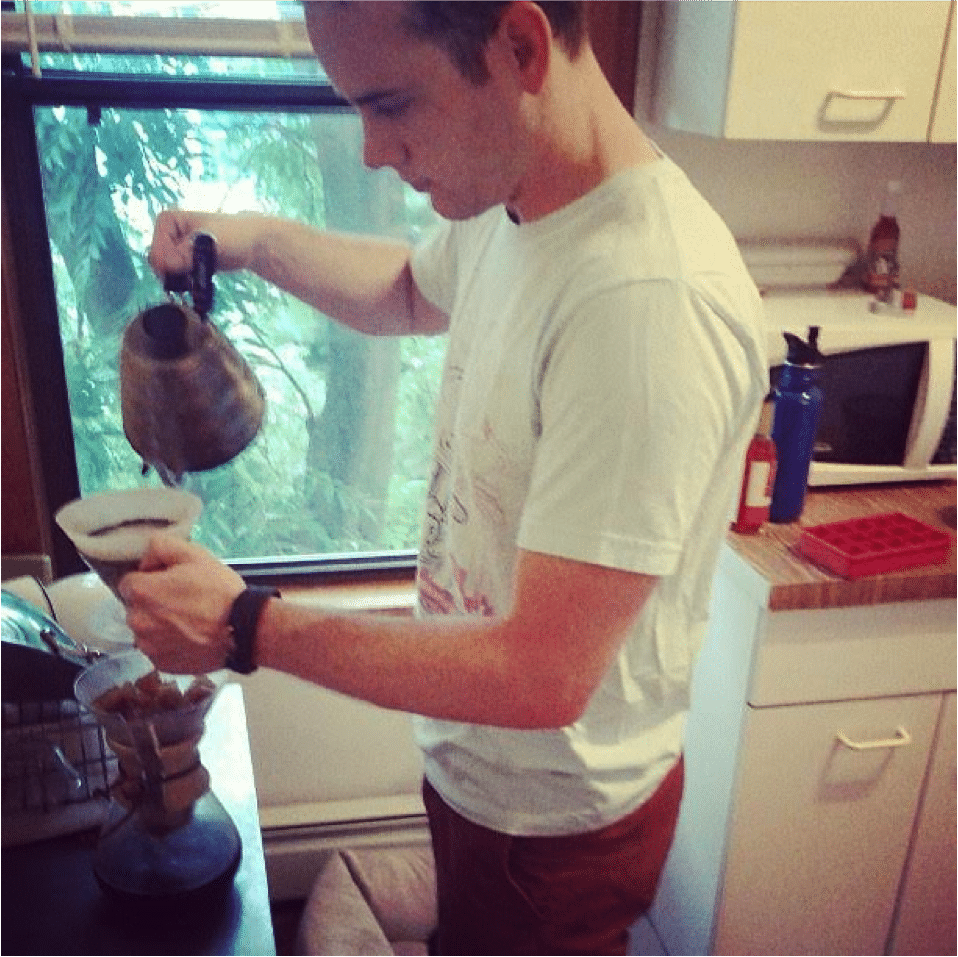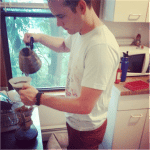We have discussed cold brewing in a previous edition of this column. Cold brewing is the lazy coffee enthusiast’s best friend – requiring little to no oversight and giving a substantial reward at the end. However, coffee brewed this way is not without its shortcomings. The cold temperature of the water involved tends to under-extract the more subtle and the more volatile compounds from the coffee grounds. Plus, the prolonged extraction times tend to pull out most of the oils and some of the base notes that are earthier. Result? You get a flatter coffee that tastes metallic and oily – not quite the invigorating pick-me-up one needs in the hot, muggy weather that August brings.
The main factors we need to consider are Solubility and Volatility.
- Solubility is the extent to which the various components in the coffee grounds dissolve in the water. We know that solubility is higher at higher temperatures – the way sugar dissolves faster in hot water than in cold. For coffee the ideal temperature for extraction is around 90°C. At lower temperatures a large number of the compounds that give coffee its characteristic flavour remain undissolved – the resulting coffee isn’t just light on these flavours; it completely lacks them. Lesson learned – Brew Hot.
- Volatility is the tendency for compounds to escape as gases. Humans are terrible tasters. Most of our sensation of flavour comes from our sense of smell. It is, in fact, these volatile compounds that give coffee its complex flavour. As you sip coffee these compounds enter your nose from the back from your throat (you did know that the ear, nose and throat are connected, didn’t you?) and creates the “bouquet”. At higher temperatures these compounds escape into the air more quickly. We know that coffee smells and tastes better when it’s warm compare to when it’s cold. The problem is that coffee kept warm loses these volatile compounds and, hence, flavour, quickly. Coffee kept cold creates and loses these volatile compounds much more slowly. Takeaway – Store Cold.
So, our perfect cold coffee needs to be brewed hot and stored cold with a quick change in temperature. Fortunately, there is just such a method. It’s called the Japanese Cold Brew.
I thought about writing a basic tutorial but, luckily, I got beaten to it by a new friend. Ron wrote to me from Boston telling me about his morning coffee ritual and, it turns out, he uses the very method I wanted to discuss in this column. I have reproduced his mail to me below.
-*-*-
Hi Rajjat,
Glad to meet you. I’m also a huge coffee nerd.
In Boston, its really hot and humid this time of season, so I’ve been focusing on making iced-coffee before work. I’ve tried many methods, but the method I’ve settled on is a pour-over iced coffee method. I find that it produces vibrant floral notes and the least amount of acidity. This method produces a very refreshing and floral coffee- perfect for the summer.
I use Costa Rican imported beans from a local coffee roasting company. They get the beans while still green, and roast them every day. This is important to retain the more delicate flavors. I use a Hario hand-operated grinder, and grind fresh every day. I find that burr-grinders are better suited to flavor extraction than blade grinders. I use a 1:12 ratio of coffee to water, and the water is warmed to 91 degrees celsius. I typically make 25g coffee to 300g (ml?) water. I brew the coffee just as I normally would using a hot pour-over method, with one major exception:
I pour the hot coffee onto ice cubes made from the previous day’s coffee. These ice cubes are sitting in a Chemex coffee vase with cheesecloth to prevent the ice cubes from falling into the vase. I always make sure to make enough to bring to work, and a bit left-over to freeze for the next day’s coffee. I use a Hario v60 to pour the water over the ground beans. Below is a photo of me making my iced-coffee:
Cheers!
Ron
Blog: https://medium.com/@0xadada
Footnotes:
- I use a 14oz OXO Travel mug so the coffee won’t spill (and remains cold) during my bicycle ride to work –
- This is the ice cube tray I use for the cold-brew ice cubes:
-*-*-
Thanks, Ron.
When I make this coffee at my end I use 31 grams of coffee, 250 ml of water at 92°C and 250 grams of ice to maintain a 1:16 ratio of coffee to water. I use a Hario Slim Grinder and the Kalledeverapura Pulp Sun Dried coffee from Blue Tokai who roast twice a week. Try this method with a pour-over or even an aeropress. The results are truly worth it.



